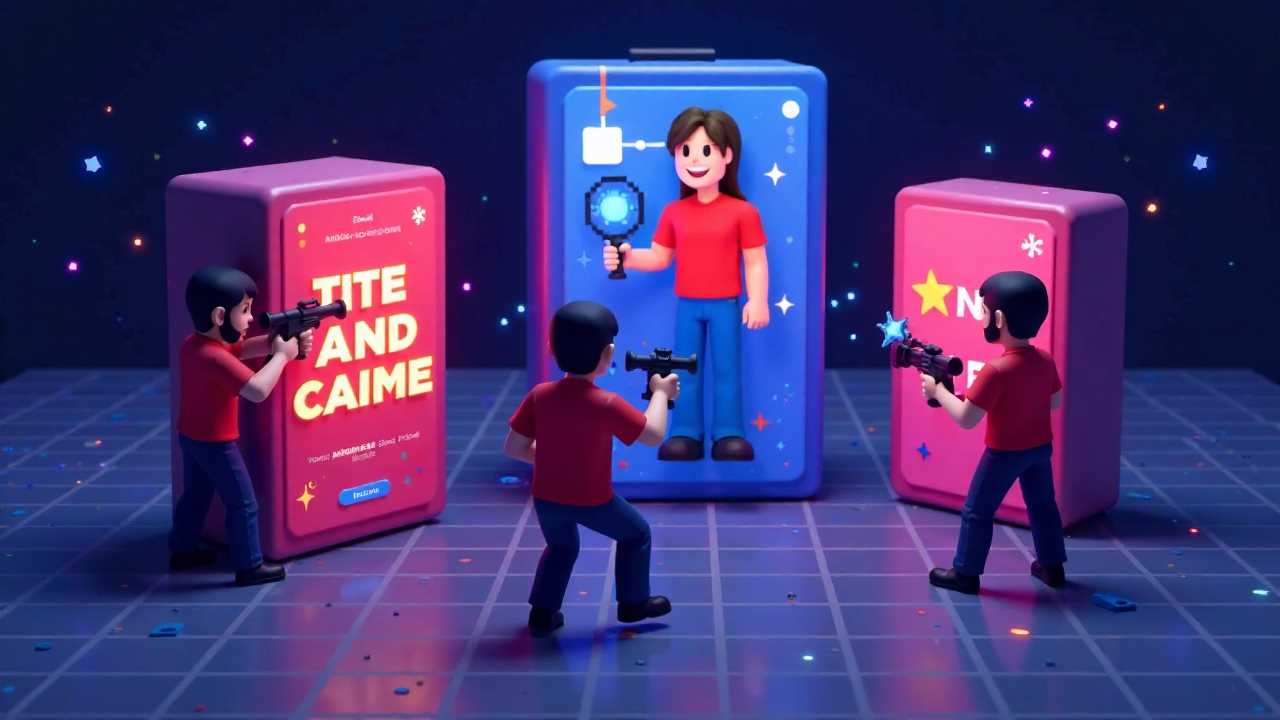
Understanding Voxel Art in Mobile Gaming
Voxel art has emerged as a distinctive style in the realm of mobile games, characterized by its blocky, pixelated aesthetics that evoke a sense of nostalgia while appealing to modern gamers. This artistic approach utilizes three-dimensional pixels, or voxels, to create immersive environments and engaging characters. As we venture into the world of voxel art for block-based mobile games, we will explore the intricacies of pixelation, texturing, sprites, environment, animation, and assets that contribute to the overall gaming experience.
The Importance of Pixelation in Voxel Art
Pixelation serves as the foundation of voxel art, defining the visual language of block-based mobile games. Each voxel acts as a building block, allowing artists to create intricate designs that maintain clarity and coherence. The pixelation process involves selecting a limited color palette and arranging voxels in a way that captures the essence of the intended design. This method not only enhances the aesthetic appeal but also ensures that the art remains optimized for mobile devices.
When crafting voxel art, we must pay attention to the balance between simplicity and detail. A well-executed pixelation technique can convey depth and dimension, making characters and environments come alive. By focusing on the arrangement of voxels, we can create visually striking elements that resonate with players.
Texturing: Adding Depth and Realism
Once the pixelation is established, the next step is texturing. Textures play a pivotal role in enhancing the visual richness of voxel art. They provide the necessary detail that transforms a basic voxel into a lifelike object. The process of texturing involves applying surface details to the voxels, which can range from rough surfaces to smooth finishes, depending on the desired effect.
To achieve effective texturing, we can utilize various techniques such as UV mapping and normal mapping. UV mapping allows us to wrap 2D images around 3D models, while normal mapping adds depth by simulating surface irregularities. By combining these techniques, we can create visually captivating assets that draw players into the game world.
Creating Engaging Sprites
Sprites are essential components of any mobile game, serving as the visual representation of characters and objects within the game. In voxel art, creating engaging sprites requires a keen understanding of form and movement. Each sprite must be designed with attention to detail, ensuring that it aligns with the overall aesthetic of the game.
When designing sprites, we should consider the animation frames that will bring them to life. By creating a series of frames that depict different movements, we can achieve smooth transitions that enhance gameplay. This process involves careful planning and execution, as each frame must maintain consistency in style and proportion.
Building Immersive Environments
The environment in a block-based mobile game is crucial for player engagement. A well-crafted environment not only provides a backdrop for gameplay but also enhances the overall experience. When designing voxel environments, we should focus on creating diverse landscapes that encourage exploration and interaction.
Incorporating various elements such as terrain, structures, and foliage can significantly enrich the game world. By utilizing different voxel sizes and shapes, we can create unique features that stand out. Additionally, layering elements within the environment adds depth, making it feel more dynamic and alive.
Animation Techniques for Voxel Art
Animation breathes life into voxel art, transforming static images into dynamic experiences. To create compelling animations, we must consider the principles of movement and timing. Each animation should reflect the character's personality and the game's overall tone.
We can utilize techniques such as keyframe animation and sprite sheet animation to achieve smooth transitions. Keyframe animation involves defining specific points in the animation timeline, while sprite sheet animation utilizes a series of images to create movement. By combining these methods, we can produce fluid animations that captivate players.
Asset Management for Efficient Development
Effective asset management is vital for the development of voxel art in mobile games. As we create a variety of assets, it is essential to organize them systematically to ensure easy access and efficient workflow. This process involves categorizing assets based on their function, such as characters, environments, and props.
Utilizing tools like asset libraries and version control systems can streamline the development process. By maintaining a well-organized repository of assets, we can enhance collaboration among team members and reduce the risk of errors during production.
The Future of Voxel Art in Mobile Gaming
As we continue to explore the possibilities of voxel art for block-based mobile games, it is clear that this artistic style offers a unique blend of nostalgia and innovation. By mastering pixelation, texturing, sprites, environment design, animation, and asset management, we can create captivating gaming experiences that resonate with players.
The future of voxel art lies in its ability to adapt and evolve, embracing new technologies and techniques. As we push the boundaries of creativity, we can look forward to a vibrant landscape of mobile games that showcase the beauty and potential of voxel art.
 Digital Art InstructionDIY Infographics DesignMobile Game ArtworkPersonalized Logo Design3D AnimationeBook Covers DesignPrivacy PolicyTerms And Conditions
Digital Art InstructionDIY Infographics DesignMobile Game ArtworkPersonalized Logo Design3D AnimationeBook Covers DesignPrivacy PolicyTerms And Conditions
